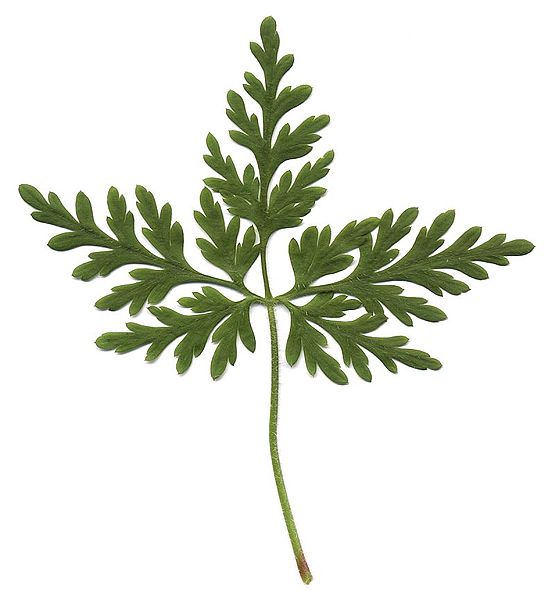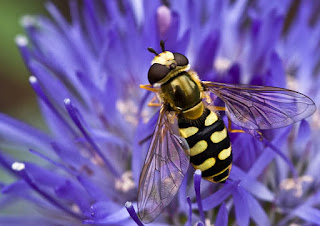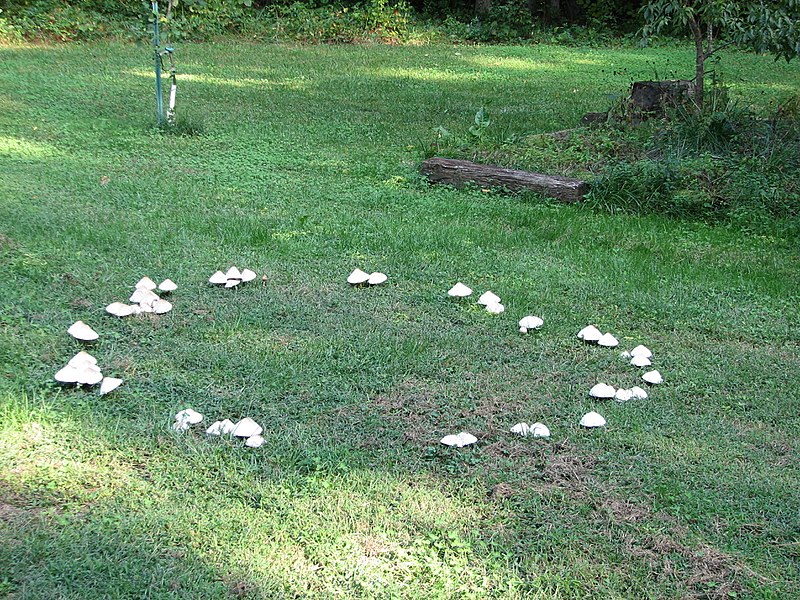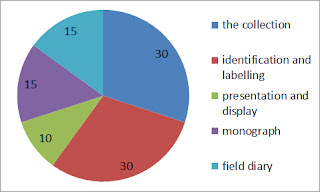You can submit separate sheets, or if you're dealing with something very flat (like ferns or grasses) you might want to use sheets that are bound (in a pad of drawing paper for example). Some people put their completed sheets of twigs into ring binders or multi-pocket files. In fact, some students don't use paper at all, but attach their collection to one big piece of card. It can look very effective (try to arrange the specimens with taxonomy in mind). It's less portable though.
Herbaria would use sheets of acid-free paper which won't deteriorate or discolour over time. We have a small supply of this but the sheets are not terribly stiff (you may prefer an artists' pad with a heavier weight).
You can attach your specimens with a dab of glue (slightly watered down PVA is good) - but herbaria often like to use a less permanent method, so the plant can be removed for closer scrutiny if necessary. In the photo above you can see how I've used little strips of paper knotted at the back of the sheet. It looks rather good, though I say it myself. You can come and see the herbarium sheets in person if you want a closer look. This is how to do it:
Alternatively, you can leave the strips un-knotted as below (this probably won't work as well with heavier twigs):
Sewing specimens on with thread is another option. Twigs might benefit from being attached by thin wire if you're using a big piece of card to back them (you can buy A1 pieces of 'mountboard' in a rainbow of colours from art shops - they're usually about £4).
You could just use strips of sellotape or other tape - this can look ok if you do it carefully, but unless you use something of 'archival quality' it may eventually dry out and drop off, or stain your paper. (You might not be thinking quite so long term. But it's nice if you can produce the best thing you can and get a few extra marks in the process, and sellotape isn't very aesthetic). I don't like it much, but that's just my opinion.
Large specimens of ferns and bulky flowers / seedheads might be much harder to attach like this, so glue is probably a more sensible choice for those.
If you've got loose seeds you'd like to include, you can put them in a little packet and glue that to the sheet (traditionally at the top right).
The label with all the what, where, when and who information traditionally goes in the bottom right corner of the sheet. I had some preprinted labels to use when I made a collection of grasses last year: you could make a similar template, or just write the bare information straight onto the sheet.
The University of Florida Herbarium has a webpage if you're interested in more detailed methods.
 |
| Nepenthes (carnivorous pitcher plant) specimens at the Paris NHM Herbarium (CC photo by F Mey) |
You can see some examples of how people presented their 2016/17 'trees in winter' collections here.
In 2018/19 someone presented their seaweed sheets in a very professional looking drop-front box like this and they looked great, and were easily accessible - you could use such a thing for any collection fastened to paper or card.








































